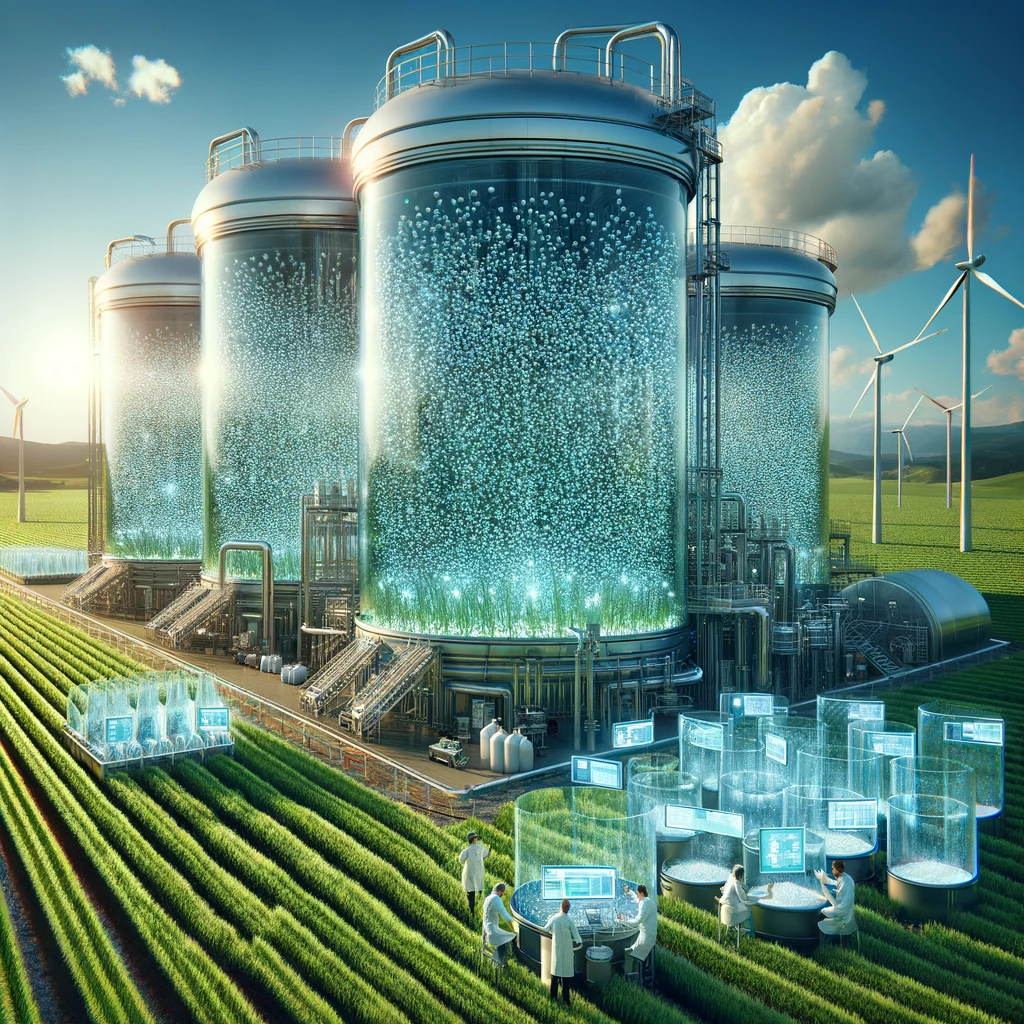
Picture a scenario where fuel production resembles the process of brewing beer, but instead of hops and barley, we utilize small particles coated in sugar, combined with yeast. Scientists have devised an innovative method to transform plant material, typically discarded as waste, into ethanol, a type of alcohol capable of fueling vehicles and machinery, solely using these tiny particles and yeast.
Here’s the breakdown: these special particles are like tiny balls covered in a sugar layer, and when yeast is added to the mix, it sticks to these balls. Subsequently, the yeast begins to consume the sugar coating, converting it into ethanol. It’s like having a mini factory in a drop of water, where the workers (yeast) are super-efficient because their food is delivered right to their doorstep.


The most striking aspect? This method has the potential to produce a significant amount of ethanol without requiring extensive space or resources, and it’s environmentally friendly too. Researchers believe that with some adjustments, this process could also be utilised to produce other valuable substances, such as biodiesel, another form of renewable fuel.
Looking ahead, this could have significant implications for our energy demands. Picture fields of these miniature factories, generating fuel for our vehicles and machinery without causing harm to the environment. It’s like glimpsing into a future where we prioritise sustainability, leveraging insights from nature to fuel our world in a clean and eco-friendly manner. The possibilities this presents are quite exciting for fuel production, as well as for manufacturing various chemicals and materials in a more sustainable fashion.

